Rainy season in the Philippines can be a drag in most cities. From June to August, the monsoon season can force people to stay inside their homes due to endless rain and winds. On rare occasions, it could even extend from September until the first half of January. Fortunately for travellers, there are still attractions and activities in the Philippines that can be enjoyed, even if the sun’s away.
Also read: 10 Best Destinations in the Philippines to Visit Even During the Rainy Season
Tips for off-season travel in the Philippines
1. Press for better accommodation and tour packages
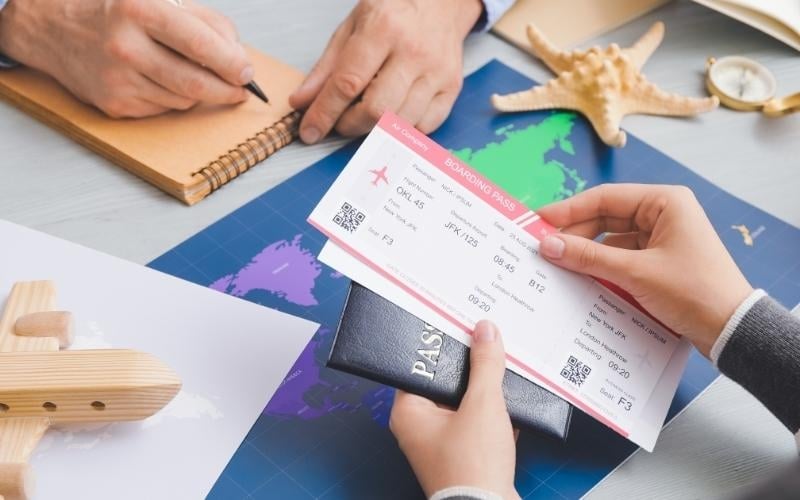
Image credit: pixelshot via Canva Pro
Since rainy season in the Philippines isn’t as popular for tourism compared to summer, most accommodations and tour agencies are likely to build better deals. You might want to book a trip during this time, because most prices will be lower. Not only that, travel during the off-season means there are fewer tourists in popular attractions, so you might just have these all to yourself!
2. Always bring an umbrella
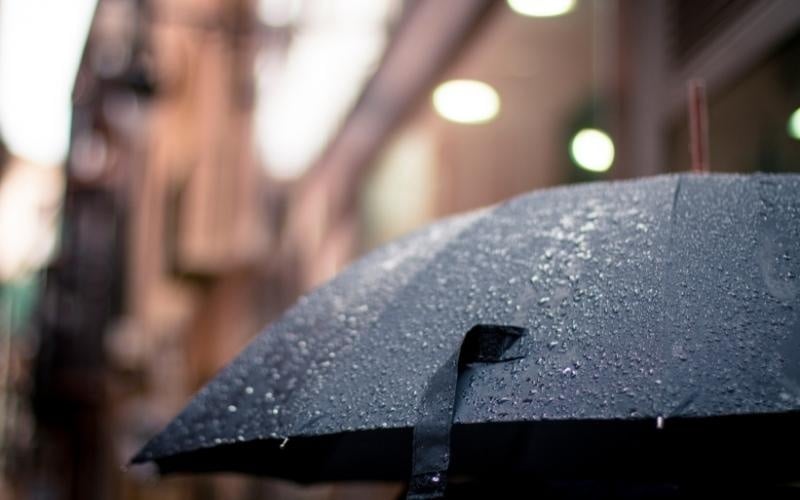
Image credit: Adrianna Calvo via Canva Pro
While this tip should be unsurprising when you travel in the Philippines, it can’t be stressed enough how brilliant it is to invest in quick-dry and waterproof gear. Aside from sturdy umbrellas, windbreakers, and wind-resistant gear can also pay dividends against strong sudden gusts. And when you’re in a country as rainy as the Philippines, having these kinds of equipment will save you a lot of time. It will be easier to go around attractions while staying dry throughout. It practically pays for itself!
P.S. — Bringing an umbrella anywhere also gives you shade from the sun when (or if) it finally shines!
Also read: Rainy Day Trips: 10 Things You Should Always Have Other Than an Umbrella
3. Stay clear of busy roads
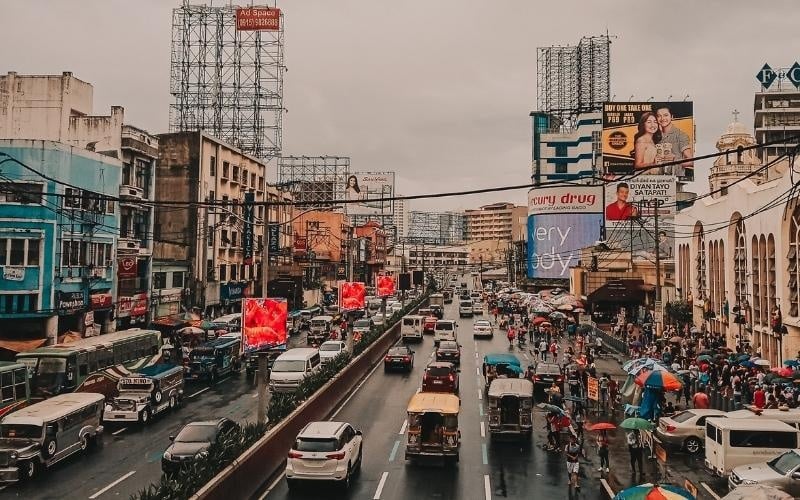
Image credit: Marfil Graganza Aquino via Canva Pro
While this tip doesn’t apply to most places in the country, it can be a serious problem for tourists who want to spend their vacation in metros like Manila or Makati. Most major road networks in these cities are easily congested with long lines of vehicles on most days. When even moderate rain falls for a few minutes, however, floods easily build up on these streets and can seriously impede traffic flow.
It is entirely possible that these roads can’t be avoided, but hopefully, this tip will help in devising detours just in case you may need it! Apps like Waze and Google Maps may help you find a way around the floods and traffic if you’re driving. But if it can’t be helped, you might need to adjust your itinerary to keep safe and dry.
4. Research places with low rainfall
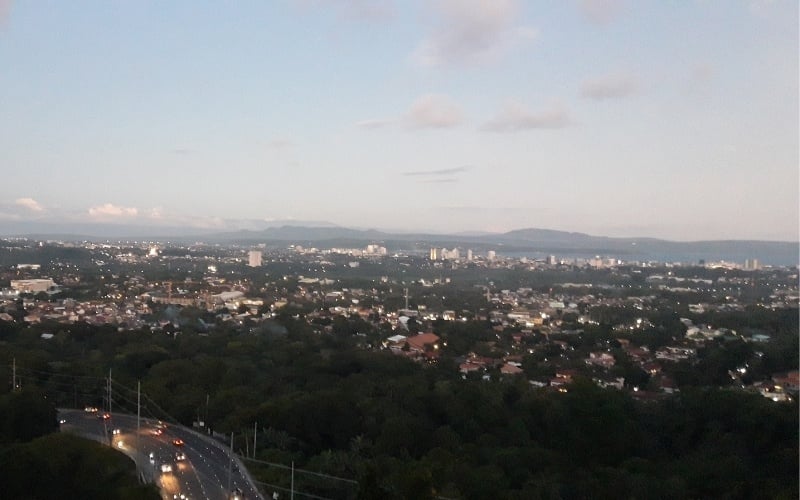
Image credit: Aldous Cabildo
Rainfall distribution throughout the Philippines can vary, depending on which part of the country you’ll be visiting. While some parts will have frequent rains from July to September, other regions will have even rainfall distribution throughout the year. For example, Manila might be rainy during these months, but cities in southern regions like Davao, South Cotabato, and General Santos City might not experience the same frequent thunderstorms.
5. Be aware of possible hazards during storms

Image credit: OlafSpeier via Canva Pro
Storms are devastating enough, but it can brew even bigger trouble in extreme conditions. If you’re staying in highlands like Baguio and Sagada, be vigilant. Mountain villages can be prone to landslides during a powerful storm, so always seek advice from nearby local government units (LGUs) if the need to evacuate arises.
Likewise, if you’re staying near the beach, like in Palawan or La Union, don’t go swimming in the middle of a storm. It can’t be stressed enough how dangerous it is in the sea while a storm ravages nearby, so get on dry land as soon as it starts to rain hard. Strong winds are capable of pulling water at blinding speeds, causing unrelenting rogue waves that you do not want to be a part of!
6. Go surfing
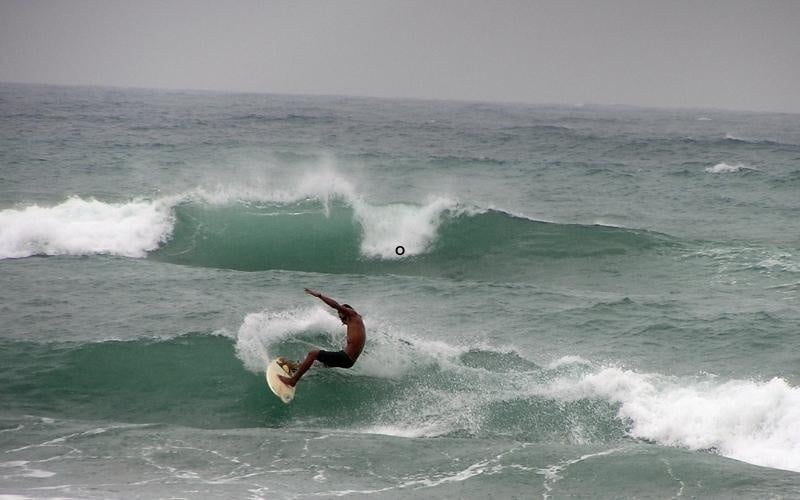
Image credit: dahon
The rainy season can be a bummer but there are activities that thrive during these months in the Philippines. One of these is surfing. Fortunately for surfers, the Philippines has more than enough when it comes to renowned surfing destinations. Siargao, Baler, and La Union are particular spots which attract surfers from around the world to catch waves perfect for surfing. Surfing makes the rather undesirable monsoon season an incentive so why not give it a shot?
Surfing in the rain is a spectacular experience whether you are a beginner or a veteran. Just as long you steer clear of big storms, of course. Also, have someone train or guide you while you do it. It’s always better to learn safely rather than get lost in the waves.
Also read: Why Surfing is the Best Way to Move On
7. Visit museums and other indoor attractions
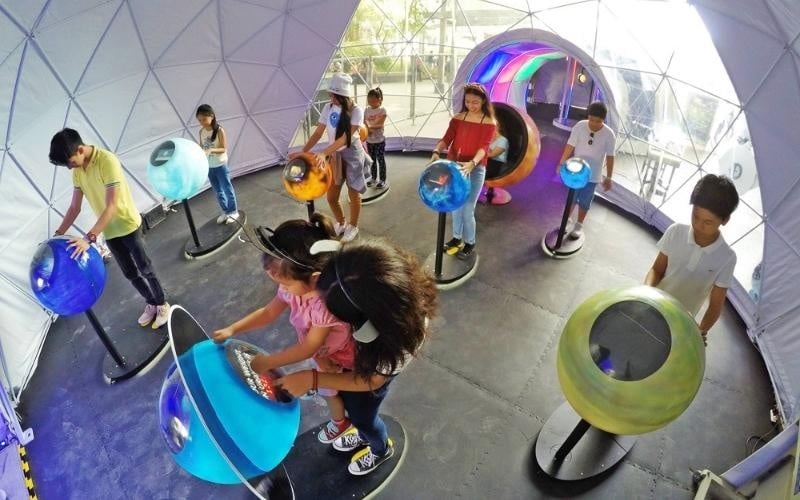
Image credit: The Mind Museum Official Facebook Page
If you’re looking for a more laid-back activity during the rainy season in the Philippines, visiting museums and indoor attractions is always a worthwhile option. Not only is it enriching, but it’s also an activity that entire families can enjoy with their kids. Fortunately, there are many fun options to choose from when it comes to attractions that involve having a roof over your head.
Try out The Mind Museum if you’re ever in Taguig, or the hip Playland Arcade at Fisher Mall in Quezon City for hours of fun without getting drenched!
8. Binge on local dishes
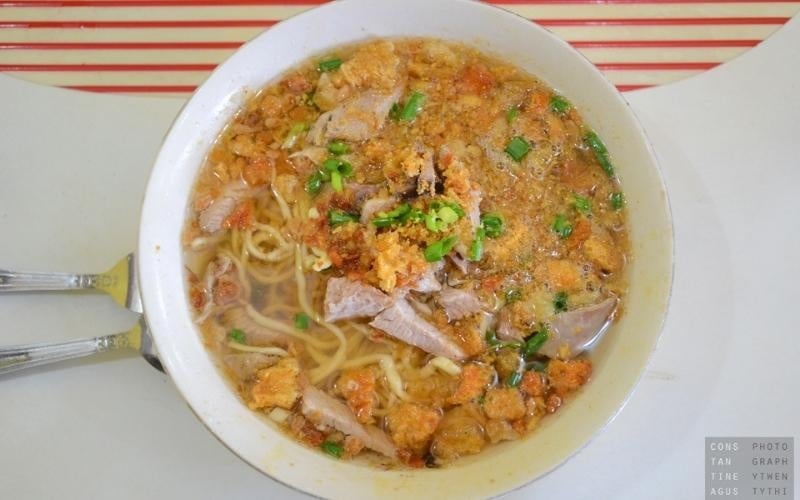
Image credit: Constantine Agustin
Sometimes, freshly cooked food is the best remedy to a day ruined by rain. This is especially true when you’re travelling in the Philippines. And since there are many dishes found throughout the archipelago, diverse and exciting flavour profiles unique to each city or province are easily accessible. From simple snacks to comforting soups, every destination will have its speciality. Go ahead and indulge, while you’re weathering the storms.
To keep warm, Filipinos would usually enjoy dishes like La Paz batchoy (pictured above), or a hot cup of sikwate (Cebuano hot chocolate) with suman (glutinous rice cake). Try them out the next time you’re staying indoors!
Also read: A Guide to Street Food in the Philippines: What to Eat & Expect
9. Prepare for travel delays
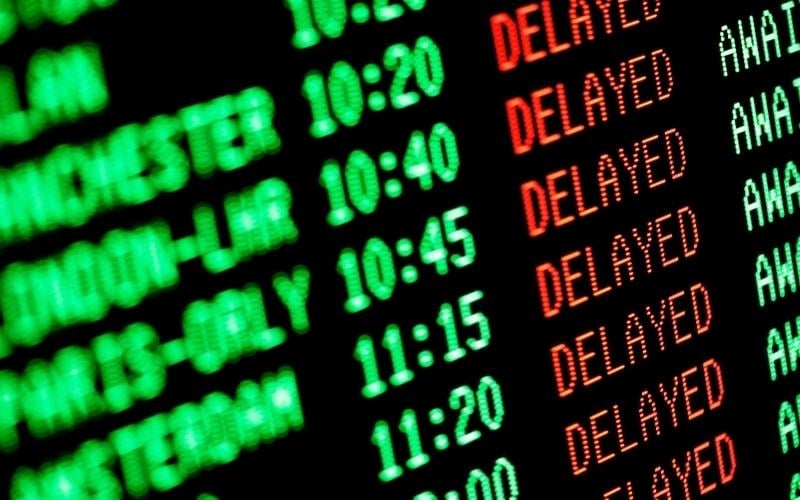
Image credit: bunhill via Canva Pro
Most modes of transportation are impeded during rainy season in the Philippines. This sentiment probably applies to all countries, but more so in the Philippines because of how frequent it can happen during monsoon season. Storms can draw out conditions that may turn an hour of travel time to an uncertain wait. When this happens, be sure to have extra resources. You might need it until weather conditions improve.
Also read: I Survived 24 Hours in Changi Airport: My Essential Tips for Crazy Flight Cancellations
10. Stay hopeful and positive
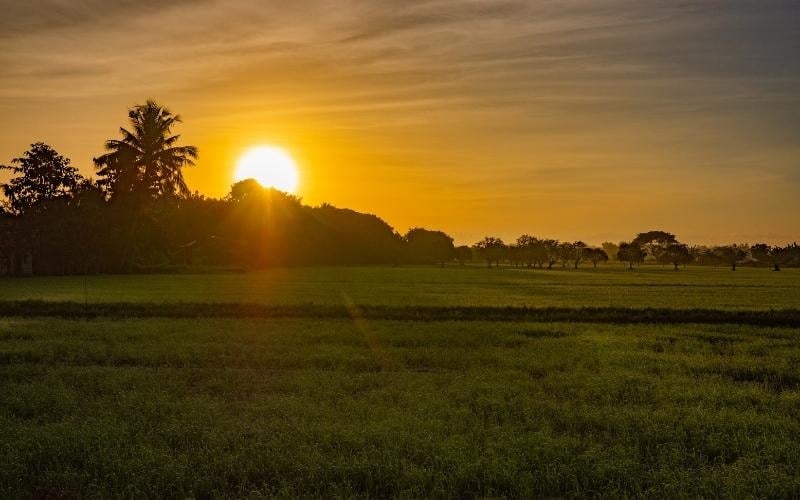
Image credit: Jamie Alfaro via Canva Pro
There is always a chance of rain when you travel to the Philippines. But that doesn’t mean the sun doesn’t shine, even during the wet season. Forecasts may say high chances of thunderstorms but they can be wrong, too. So, don’t worry too much about travelling during rainy season in the Philippines; it won’t be that bad. Who knows, you might even like it better than sunnier months!
Also read: Here Comes the Sun: Top 10 Cities in the World With the Longest Sunny Hours!
Never let the rainy season get in the way of a good time, especially when it comes to travelling in the Philippines. If it ruins your plans, you still have plenty of options available to you. And with a little preparation, you might turn the gloomy weather to your advantage. Just make sure to savour the sun once it’s out!
Featured image credit: Michael Edwards via Canva Pro




